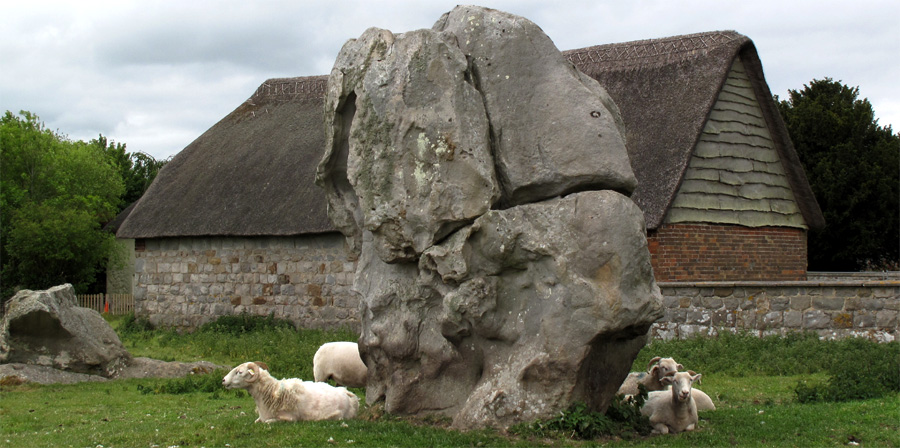|
This section covers megalithic sites visited in England, Scotland, Wales, and Ireland from as early as the Neolithic and continuing into the Bronze and Iron Ages. Also included are sites from the Roman and Viking eras. In addition, a few Mesolithic sites are visited.
A megalith is a large stone which has been used to construct a structure or monument, either alone or together with other stones. Megalithic means structures made of such large stones, utilizing an interlocking system without mortar or cement. The most common type of megalithic construction in the region is the dolmen, a chamber consisting of upright stones with one or more large flat capstones forming a roof. The second most common type is the passage grave - consisting of a square, circular, or cruciform chamber with a slabbed or corbelled roof and a passageway, with the whole structure (originally) covered by earth and, often, surrounded by a stone kerb. The third type is a diverse group known as gallery graves - axially arranged chambers placed under elongated mounds. Another type of megalithic monument that occurs throughout the cultural area is the single standing stone, or menhir. Some of these are thought to have an astronomical function, as do the Stone Circles, the best-known type of megalithic construction in the region.
|
